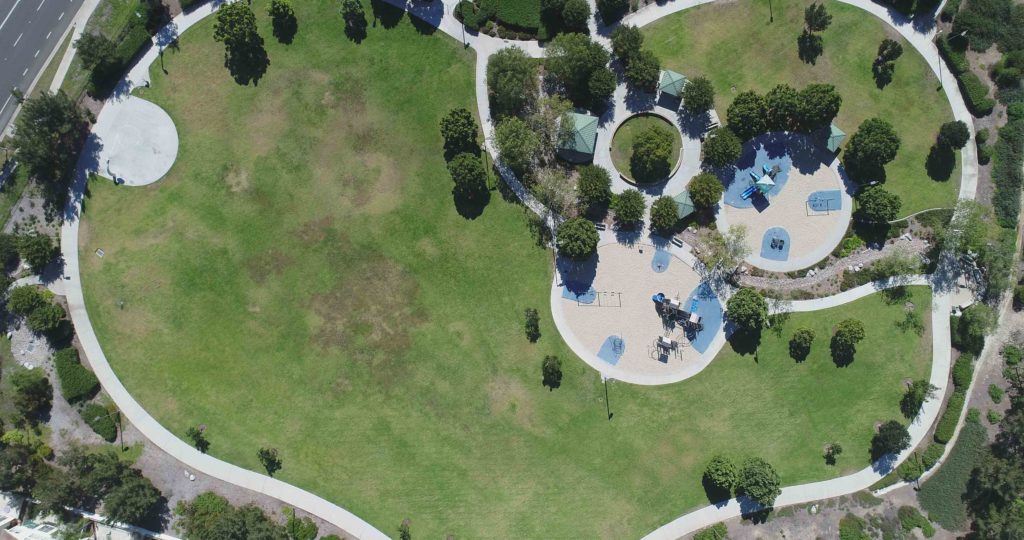In 1978 Californians enacted Proposition 13, which limited many local public agencies’ ability to finance new projects. In 1982, Senator Henry Mello and Assemblyman Mike Roos affected the passage of the Community Facilities District Act (CFD).
The CFD Act authorized local governments and developers to create CFD’s for the purpose of selling tax-exempt bonds to fund public services and facilities including streets, police protection, fire protection, ambulatory, elementary schools, parks, libraries, museums, and cultural facilities.
Homeowners within a CFD are responsible for an additional “special tax” (informally known as “the Mello-Roos“) to repay the bonds.
One key difference between a Mello-Roos fee and a “normal” property tax, is that Mello-Roos payments end when the corresponding bonds are paid off.
- School Districts are the most common beneficiaries of Mello-Roos fees.
- Mello-Roos is more common and often higher at newer subdivisions. Conversely, it is often lower or fully paid off on older homes.
Click here for more information on Mello Roos
Shirin Rezania Ramos | 858.345.0685 | www.shirinramos.com | Compass, DRE 0203379




